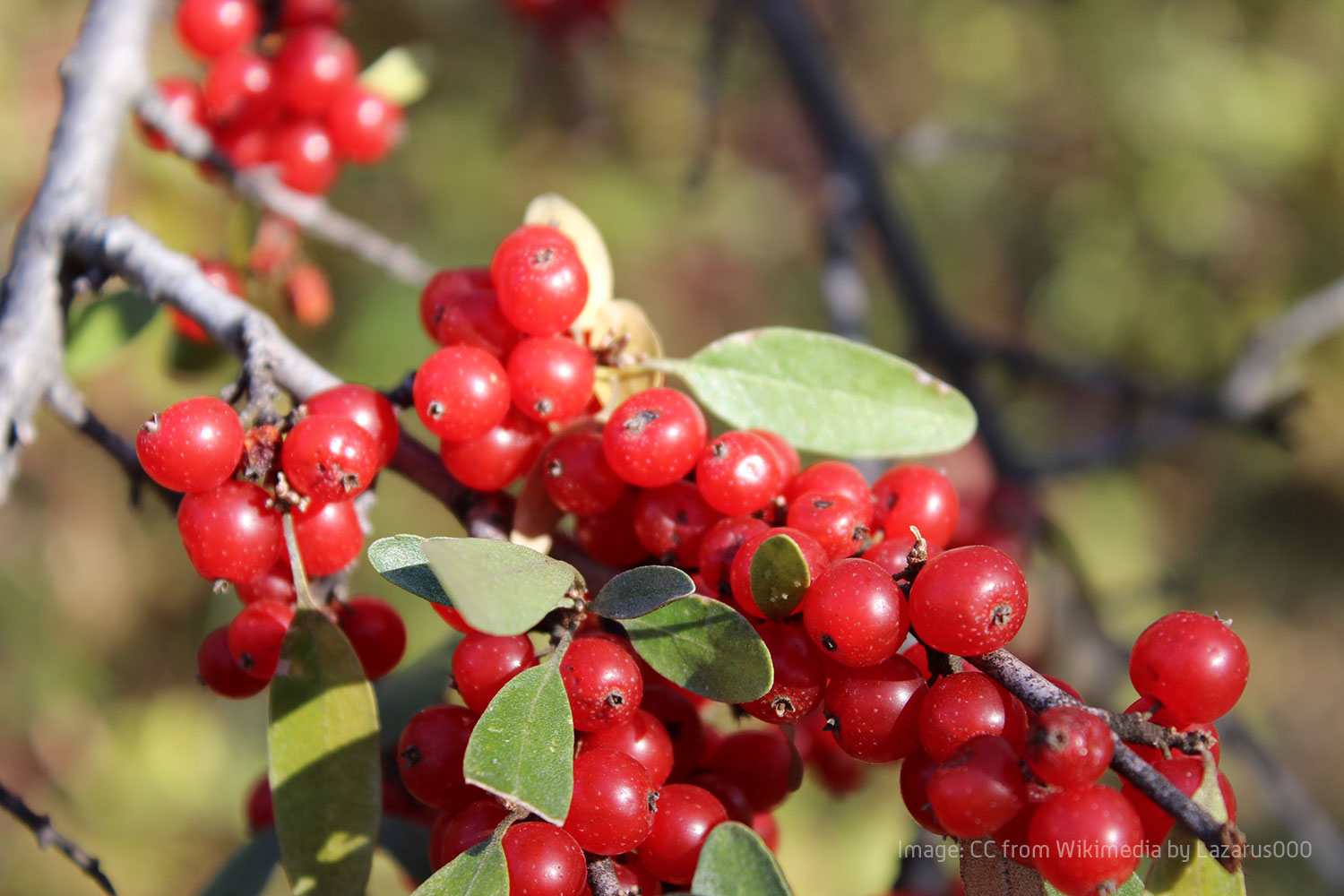
Abstract
Variation in food abundance and distribution influences animal foraging behavior, but response is contingent on the amount of resource heterogeneity detected, which is consistent with environmental ‘grain’ size. Large mammals presumably perceive their surroundings at broad spatial scales, but the importance of landscape-level food resource properties for habitat use is generally less understood. We evaluated the role of heterogeneity of Canada buffaloberry Shepherdia canadensis, defined by fruit distribution and variability in patch quality (fruit density), in grizzly bear Ursus arctos habitat selection by comparing patch- and landscape-level foraging strategies (resource use). Our objectives were to: 1) identify the spatial scale at which grizzly bears select buffaloberry fruit resources; 2) determine whether patch- or landscape-level foraging strategies explain resource use; and 3) assess the importance of resource heterogeneity in structuring habitat selection. Buffaloberry patch and landscape variables were combined with GPS radio-telemetry data from eight collared grizzly bears in west-central Alberta, Canada, to fit resource selection functions (RSFs). We found that a spatial scale of 1887 m, corresponding to an average travel distance for bears over 5.5 h, was the most supported scale for buffaloberry use. Landscape-level foraging strategies generally had more support than those of the patch-level, with spatial heterogeneity of buffaloberry patches best explaining grizzly bear selection for fruit resources. Bears selected for areas with a wider distribution of buffaloberry fruit and greater variability in patch quality, thus providing both a higher probability of shrub encounter and greater contrast between resource patches. A negative interaction between distribution and variability, however, indicated a tradeoff where use of areas with a more widespread fruit distribution decreased when variability in resource quality was high. These results demonstrate the influence of food resource heterogeneity on animal habitat use and emphasize the value in considering spatial scale in studies of animal—resource interactions.
Read the full article here (open access).
Citation
Denny, C. K., Stenhouse, G. B., & Nielsen, S. E. (2018). Scales of selection and perception: landscape heterogeneity of an important food resource influences habitat use by a large omnivore. Wildlife Biology, 2018(1). doi:10.2981/wlb.00409






